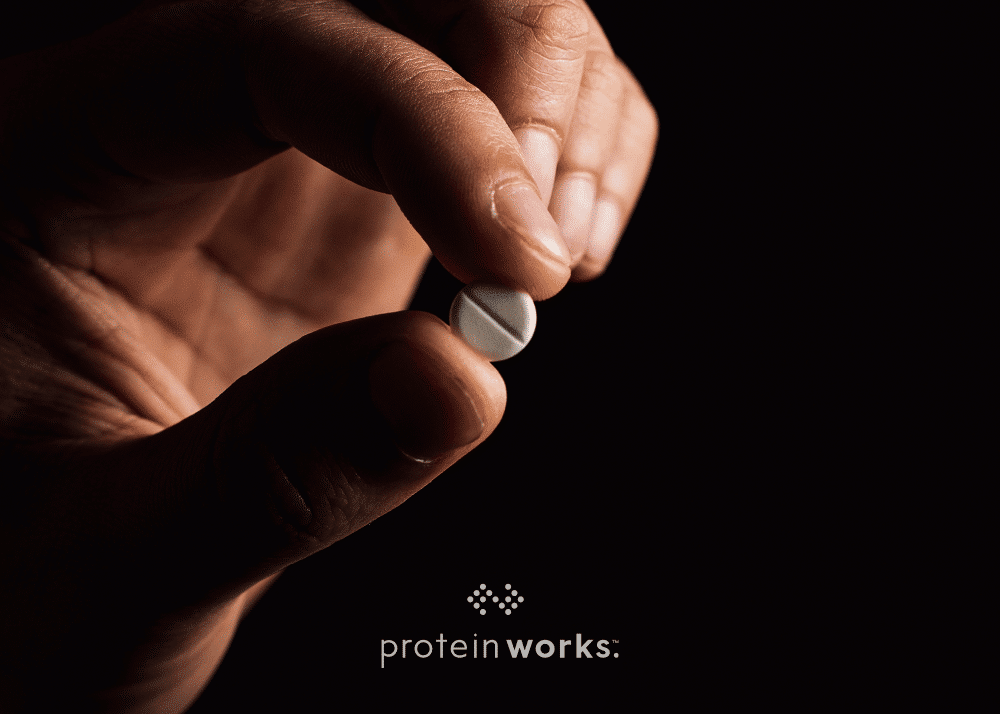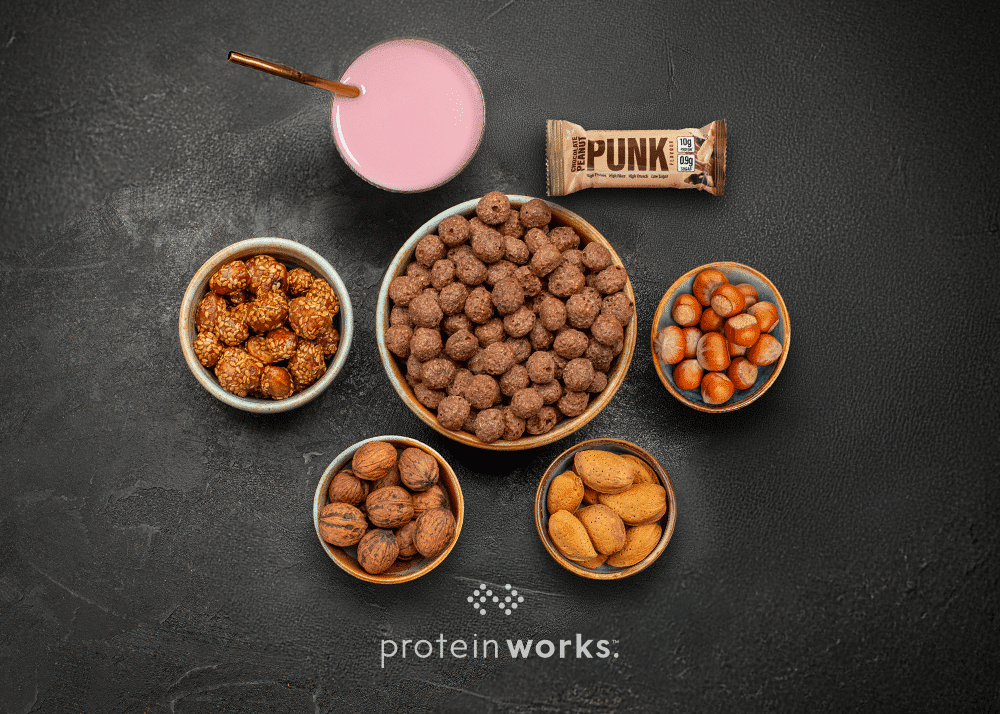
How Does the Menstrual Cycle Affect Exercise?
A note on terminology used in this article: This blog discusses menstrual health and athletic performance in the context of those who experience a menstrual cycle. While terms such as “woman” or “women” are used throughout for clarity and consistency with much of the existing scientific research, we acknowledge that not all women experience a menstrual cycle, and not all people who menstruate identify as women.
When it comes to sports performance, the influence of female physiology is both powerful and often underappreciated. Understanding how factors such as the menstrual cycle affect performance—not to mention how exercise itself can influence menstrual health—is essential in supporting women to optimise training, well being, and making sense of why performance may fluctuate from one day to the next.
Can the Menstrual Cycle Affect Exercise Performance?
Unlike men, whose hormones remain relatively constant, women experience cyclical changes that can affect strength, endurance, mood, and recovery. For some women, these changes may go unnoticed; for others they may significantly impact performance.
These changes are primarily driven by oestrogen and progesterone fluctuations across the menstrual cycle. However, it’s important to note that research in this area remains limited, and every woman’s menstrual cycle experience is unique, so please use the following information as a general guide rather than being a hard rule or prescriptive.
Early Follicular Phase (around days 1-7)
Oestrogen and progesterone levels are at their lowest, which some research suggests may impact strength and endurance, and many women report fatigue, cramps, and discomfort at this stage (1). Should you feel able to, light movement may help ease some menstrual symptoms and support mood (2).
Training Tips:
- Prioritise lighter aerobic activity or mobility work if cramping is severe.
- Monitor for fatigue, particularly due to iron losses during menstruation (around days 1-5).
- If you feel good, don’t be afraid to train normally.
Late Follicular Phase (around days 7-14)
Oestrogen begins to rise + progesterone remains low, making this phase feel like a “sweet spot” for many female athletes. This is because oestrogen may support muscle building and recovery – beneficial for strength and high-intensity training (3,4,5).
Training Tips:
- Great time for personal best attempts and high-intensity interval training (HIIT).
- Focus on strength and speed-based workouts.
- Energy levels tend to be higher, so make the most of it!
Ovulation (around day 14)
Whilst testosterone rises in this phase, which can help maintain performance (6), some research suggests women may experience ligament laxity due to hormonal shifts, which may increase the risk of injuries like ACL tears. Though research remains inconclusive (7,8).
Training Tips:
- Maintain training intensity, but warm up thoroughly and consider dialling it down on sports that demand rapid cutting, pivoting, or impact (to reduce injury risk).
Early to Mid-Luteal Phase (around days 14-21)
Right after ovulation oestrogen drops off but will now be on the rise again, along with progesterone. This combination may raise core temperature, contribute to bloating, and increase heart rate, possibly leading to quicker fatigue onset (9). Depending on how you feel, perhaps chase your endurance goals at this point but make sure to stay hydrated and prioritise time for recovery.
Training Tips:
- Focus on moderate-load training and active recovery.
- Hydrate well, as thermoregulation is less efficient.
- Support recovery with adequate nutrition and sleep.
Late Luteal Phase (around days 21-28)
Oestrogen and progesterone levels begin to fall, often bringing with it pre-menstrual symptoms like fatigue, poor sleep quality, mood and concentration changes, and bloating, all of which may impact training quality (10).
Training Tips:
- Listen to your body and adjust intensity based on how you feel; don’t push through exhaustion.
- Incorporate low-impact or active recovery activities like yoga, swimming, or walking.
- Prioritise rest and recovery – remember rest is productive, not a setback.
Can Exercise Affect the Menstrual Cycle?
Just as the menstrual cycle can influence training, exercise itself can impact menstrual health. Intense training volumes, insufficient recovery, or low energy availability can lead to menstrual disturbances, including amenorrhoea (absence of periods) (11,12).
One common cause of amenorrhoea among active women is Functional Hypothalamic Amenorrhoea (FHA) (13). However, it is important to note that other medical causes must be ruled out by a healthcare professional before a diagnosis of FHA is made.
What is Functional Hypothalamic Amenorrhea (FHA)?
FHA occurs when hormonal signalling from the brain is disrupted due to low energy availability, high stress, excessive training, weight loss, or a combination of these (14). While not uncommon in active women, period loss/FHA is not considered normal or healthy and may have long-term health consequences. Therefore, if your periods have stopped or become irregular, it is important to speak to your GP or a qualified healthcare professional for further assessment and support.
A Side Note on Nutrition
We all require adequate energy and nutrients to train and recover well, but research suggests women and men’s needs may differ when it comes to physical activity.
Some evidence indicates that women may rely more on fat to fuel their workouts and less on carbohydrates than men at equivalent exercise intensities (15,16). Fat utilisation and oxidation was also found to be higher during the luteal phase than the follicular phase of a woman’s cycle (17,18).
Whilst current available evidence is too limited to support the creation of specific nutrition recommendations according to the menstrual cycle, the following general tips may be useful to keep in your back pocket:
- Balance meals with protein and fibre from complex carbohydrates, to support fullness and stable blood glucose.
- Include a portion of healthy dietary fats in your meals, especially during the luteal phase (e.g., avocadoes, nuts and seeds).
- Honour your hunger and any appetite changes throughout your cycle. Listening to hunger cues and fuelling appropriately is important for maintaining training quality and your mood!
- Be aware that the recommended iron intake is higher for menstruating women (14.8mg a day for women aged 19-49) (19). The NHS also recommend that women who have heavy periods are at higher risk of iron deficiency anaemia and so should seek further advice from their GP regarding gaining support with this (19).
- Stay hydrated, especially during the mid-luteal phase when body temperature may increase.
For a more in-depth look at nutrition, you can explore our Dietitian’s Guide to Nutrition. If you’re interested in exploring protein supplements, Protein Works also offers Sune, a women’s protein shake
Final Thoughts
Understanding your menstrual cycle is a powerful tool to support optimising your training and recovery, as well as looking after your long-term well being. Remember, if you’re experiencing inconsistent or missed periods, fatigue, or performance plateaus, it’s important you take a closer look at your energy intake, training load, and recovery time, as well as consulting with your GP, a registered dietitian, or medical professional to explore possible underlying causes and receive personalised support.
Dietitian’s Disclaimer:
The information in this article has been provided by Amber Woodhouse, Registered Dietitian, based on current scientific evidence and is intended solely for educational and informational purposes for the general adult public. The content reflects general principles and knowledge within nutritional science and should not be used as a substitute for individually tailored medical or dietetic advice. Any product links and promotions do not constitute specific endorsements from me as a healthcare professional. Readers should consult with their healthcare provider before making significant changes to their diet or lifestyle, beginning any supplementation regime, or if they have noticed any changes to their menstrual cycle, including if their periods have stopped or become irregular.
- https://pubmed.ncbi.nlm.nih.gov/32661839/
- https://pmc.ncbi.nlm.nih.gov/articles/PMC9392489/
- https://pubmed.ncbi.nlm.nih.gov/35471634/
- https://pubmed.ncbi.nlm.nih.gov/30844334/
- https://pmc.ncbi.nlm.nih.gov/articles/PMC2873087/#:~:text=Furthermore%2C%20we%20hypothesize%20that%20the,mounting%20evidence%20supporting%20these%20suppositions
- https://www.mdpi.com/2075-4663/12/1/31
- https://pmc.ncbi.nlm.nih.gov/articles/PMC6341375/
- https://pubmed.ncbi.nlm.nih.gov/28795075/
- https://www.mdpi.com/2075-4663/12/1/31
- https://www.mdpi.com/2075-4663/12/1/31
- https://pmc.ncbi.nlm.nih.gov/articles/PMC11393114/#Sec22
- https://pmc.ncbi.nlm.nih.gov/articles/PMC7418467/
- https://bestpractice.bmj.com/topics/en-gb/1102
- https://pmc.ncbi.nlm.nih.gov/articles/PMC7418467/#:~:text=1-,It%20is%20caused%20by%20deficient%20secretion%20of%20hypothalamic%20gonadotrophin%2Dreleasing,or%20a%20combination%20of%20such.&text=In%20addition%2C%20there%20may%20be,heterozygosity%20for%20congenital%20hypogonadotropic%20hypogonadism.&text=Treatment%20of%20FHA%20is%20crucial%20to%20avoid%20the%20long%2Dterm,clinical%20management%20and%20emerging%20therapies
- https://pmc.ncbi.nlm.nih.gov/articles/PMC8748379/
- https://jissn.biomedcentral.com/articles/10.1186/s12970-021-00422-8
- https://www.mdpi.com/1660-4601/18/13/7209
- https://www.mdpi.com/1660-4601/18/19/10024
- https://www.nhs.uk/conditions/vitamins-and-minerals/iron/






